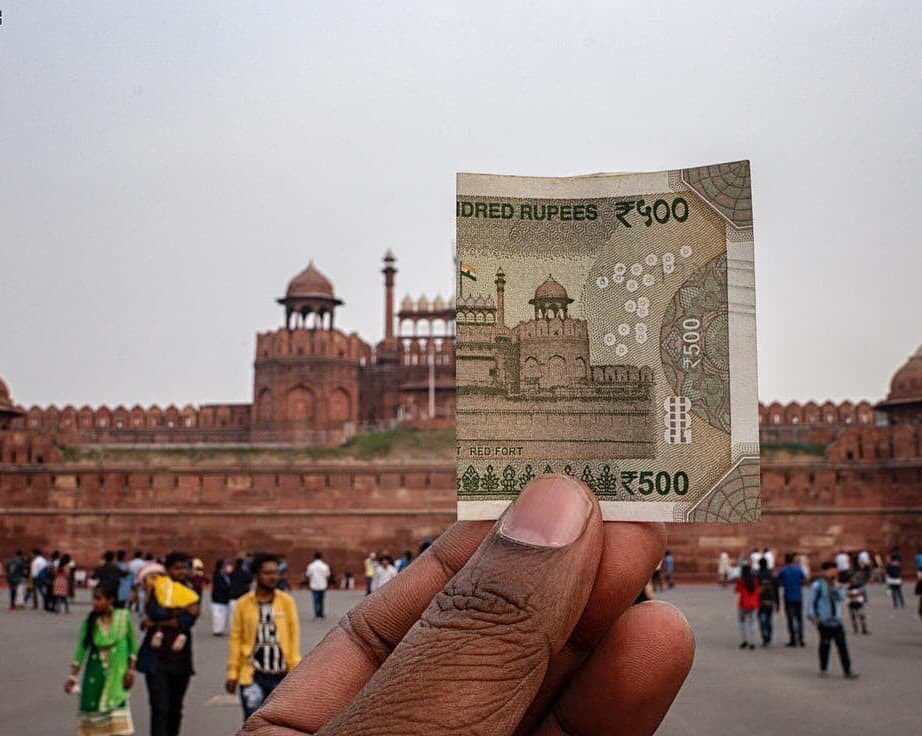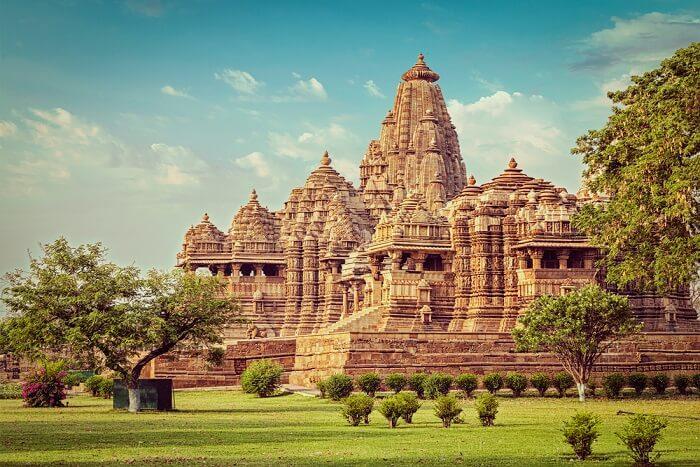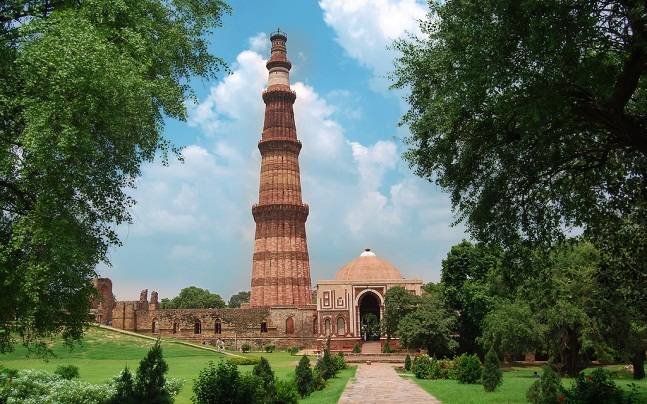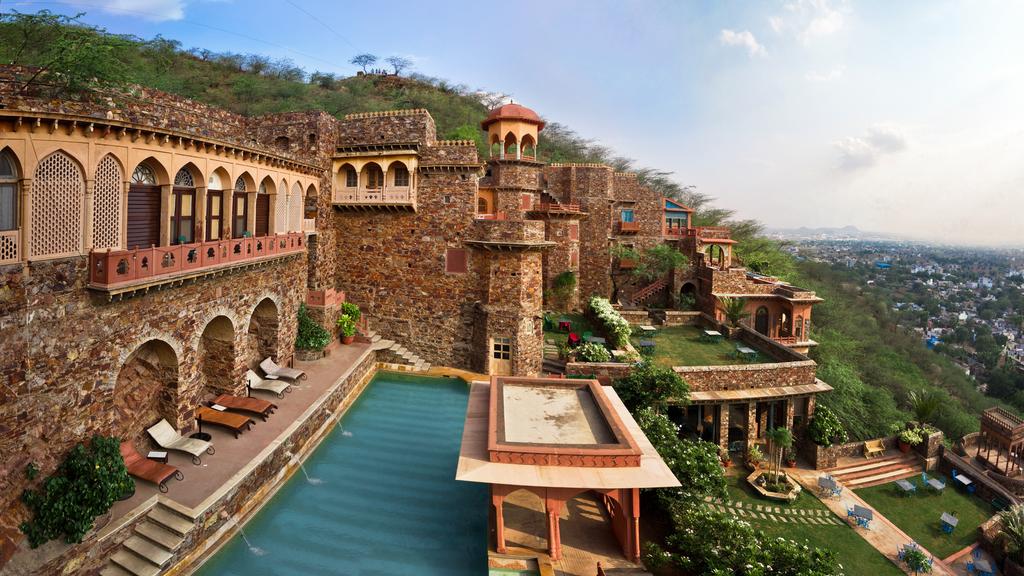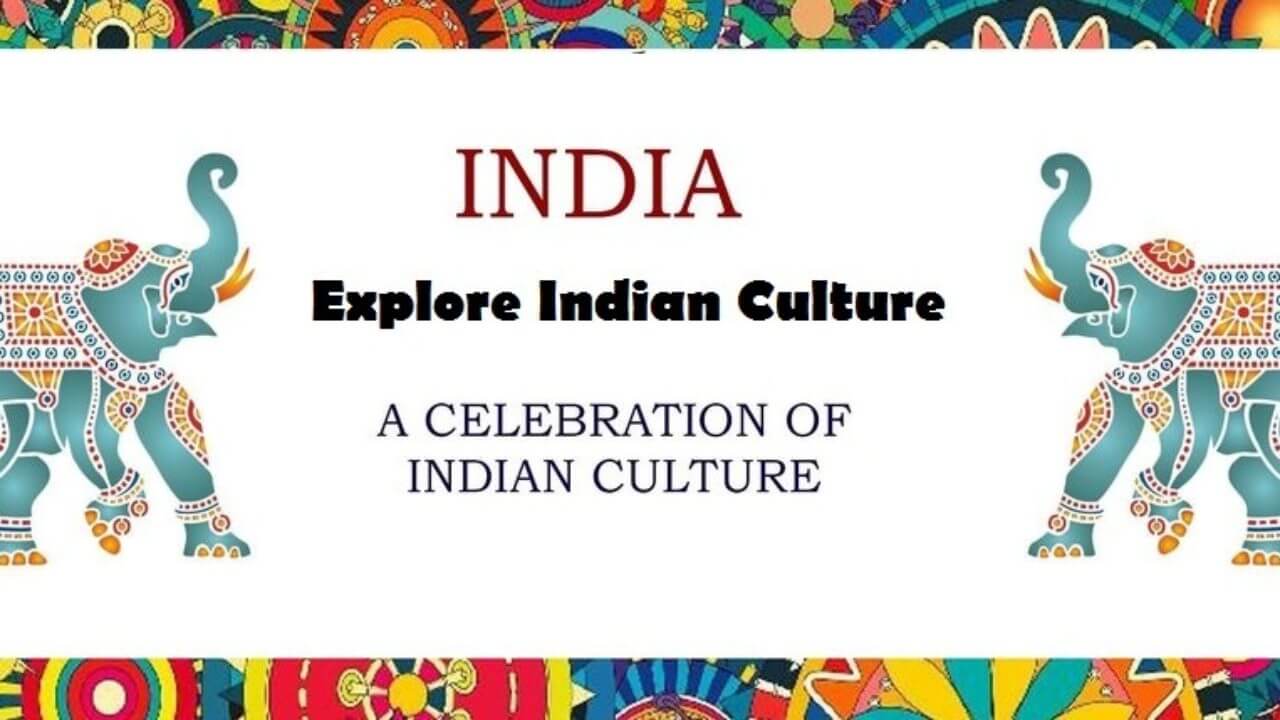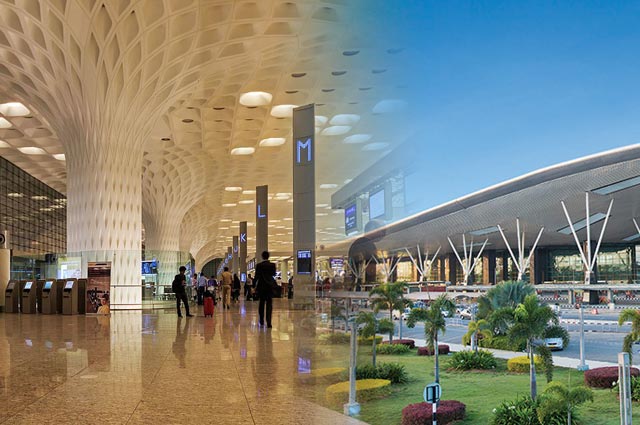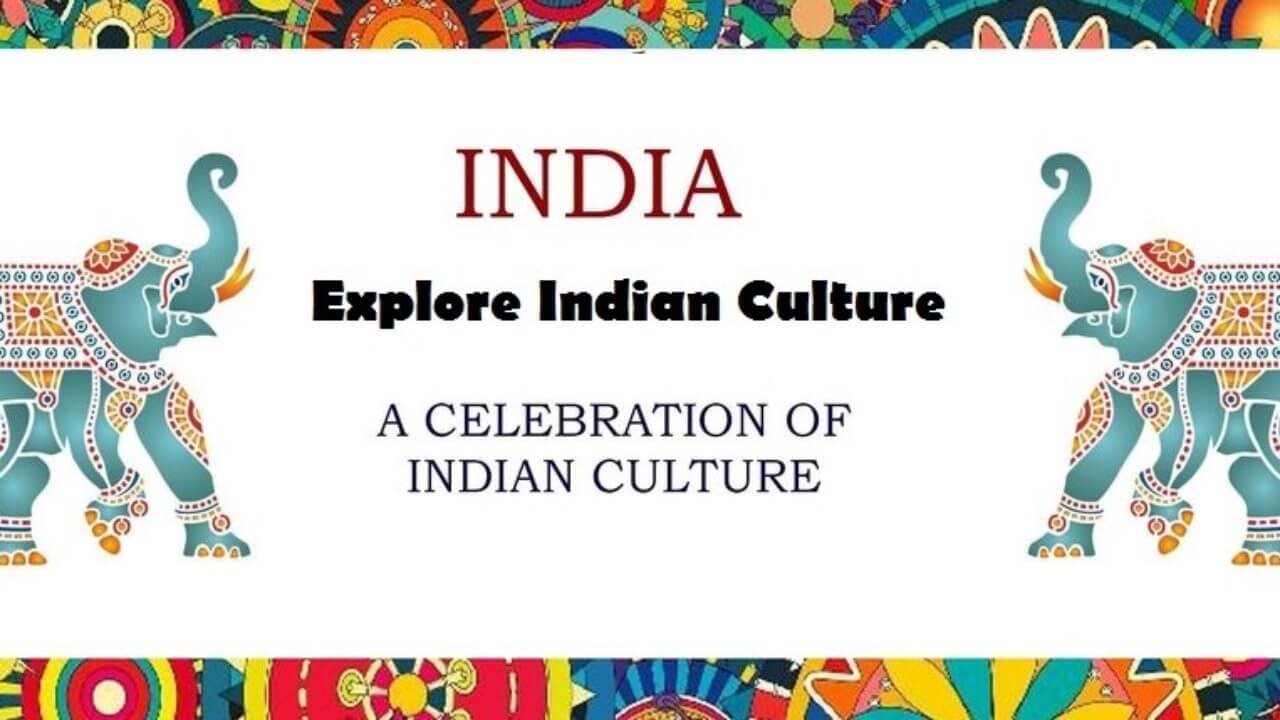
The culture of India is one of the most seasoned and particular. In India, there's sublime social decent variety all through the nation.
The South, North, and Northeast have their own unmistakable societies and almost every state has craven out its social speciality.
There’s not really any culture inside the world that is as shifted and particular as India. India could be an enormous nation, having a spread of topographical choices and atmosphere. India is home to some of the preeminent old civic establishments, together with four significant world religions, Hinduism, Buddhism, Jainism and Sikhism.
A mix of those elements has brought about a selective culture - Indian culture. Indian culture could be a composite blend of variable structures and impacts. Inside the matter of cooking, for instance, the North and in this way, the South are totally unique.
Celebrations in India are distinguished by its shading, bliss, energy, supplications and functions. inside the scope of music, there are types of people, famous, pop, and melodic classification. The old-style custom of music in India incorporates Carnatic and Hindustani music.
1. Greetings
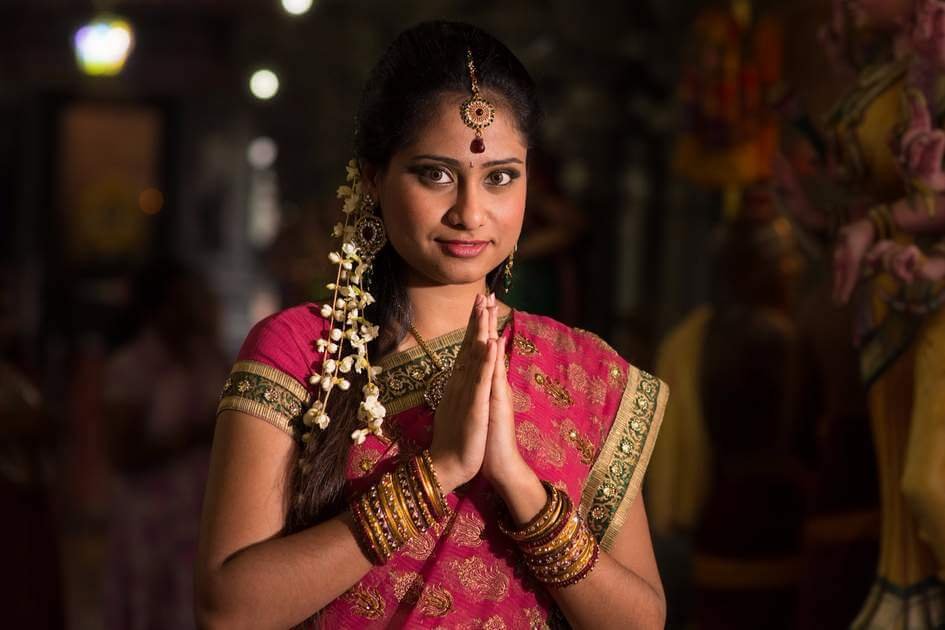
India is a land with varied salutation customs. completely different religions here have alternative ways to express their greetings to others. For example, in major Hindu families "Namaste" is that the most general means of addressing the guests and elders.
Both palms placed together and raised below the face not only does it shows respect for others however but make the greeter feel the love reciprocally. Similarly, Muslims greet by saying "Adab", and saying involves the action of raising of right hand towards the face in such a fashion that the palm is inwards and is in front of the eyes with the fingertips almost touching the forehead. it's of course that no 'hello' or 'hi' will build that spell.
2. Religious Customs
The lodging of humankind, the nation of an individual's discourse, the mother of history, the granny of legend and thus the distant grandparent of conviction is India.
India is a mind-boggling land giving otherworldly travel undertakings to guests who come here from over the world. India is restrictive, so are its traditions and conventions. India's well off social legacy enveloping the genuine kind of it's renowned the world over and has captivated a few artists, authors, understudies and different acclaimed characters of the globe.
Get to know its phenomenal traditions and conventions and feel the beat of this hypnotizing land. India resembles a sea that grasps numerous waterways (symbolizing totally various religions and beliefs) and still looks after amicability.
No place on the planet will one see such a brilliant level of decent variety as far as culture. India mirrors a perfect case of "Solidarity in Diversity". Its ceremonies and societies are themselves an intrigue for voyagers. going from birth to the hour of death, Indians continue playacting a few conventions and customs.
Regardless of whether it's the introduction of a child or reap season, commitment, wedlock, the appearance of a visitor, fairs and celebrations and adoring God, all the events here have cheered with bizarre customs.
3. Festivals of India
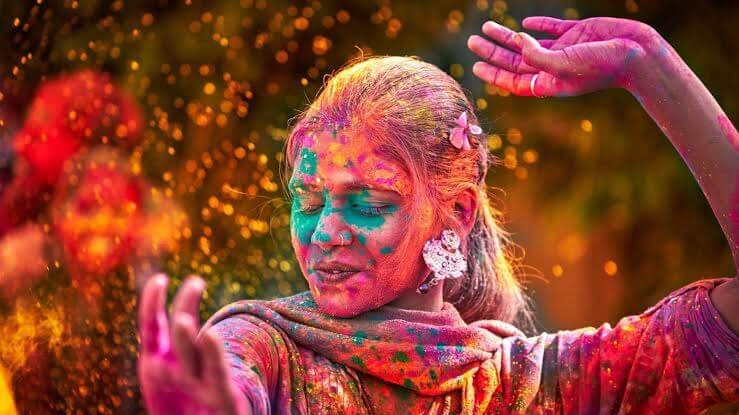
From January to December, each month comes with a specific honest or festival. Makar Sakranti, Basanti Panchami, Holi, Ram Navami, Janamashtami, Diwali, Eid, Mahavir Jayanti, Buddha Purnima, Guru Purab and Christmas; the festival of each faith has a significance and it's celebrated in a boisterous way.
Here people do not need a floor to dance. Celebrations on streets throughout Durga Puja, Ganesh Chathurthi, Janamashtmi and Holi show the real dancing skills of Indians.
Not solely this, the country is known all over for the handicrafts melas and fairs that it organised throughout specific intervals. Surajkund Craft Mela that happens every year in February in Haryana pulls a large chunk of masses and foreign tourists.
In such fairs and festivals, you'll find the real India. Such sort of theme melas and carnivals unite the entire nation. people come to understand concerning {each other|one another}s' cultures and traditions and their active participation show how much they like to know about every other.
4. Family Structure & Marriage
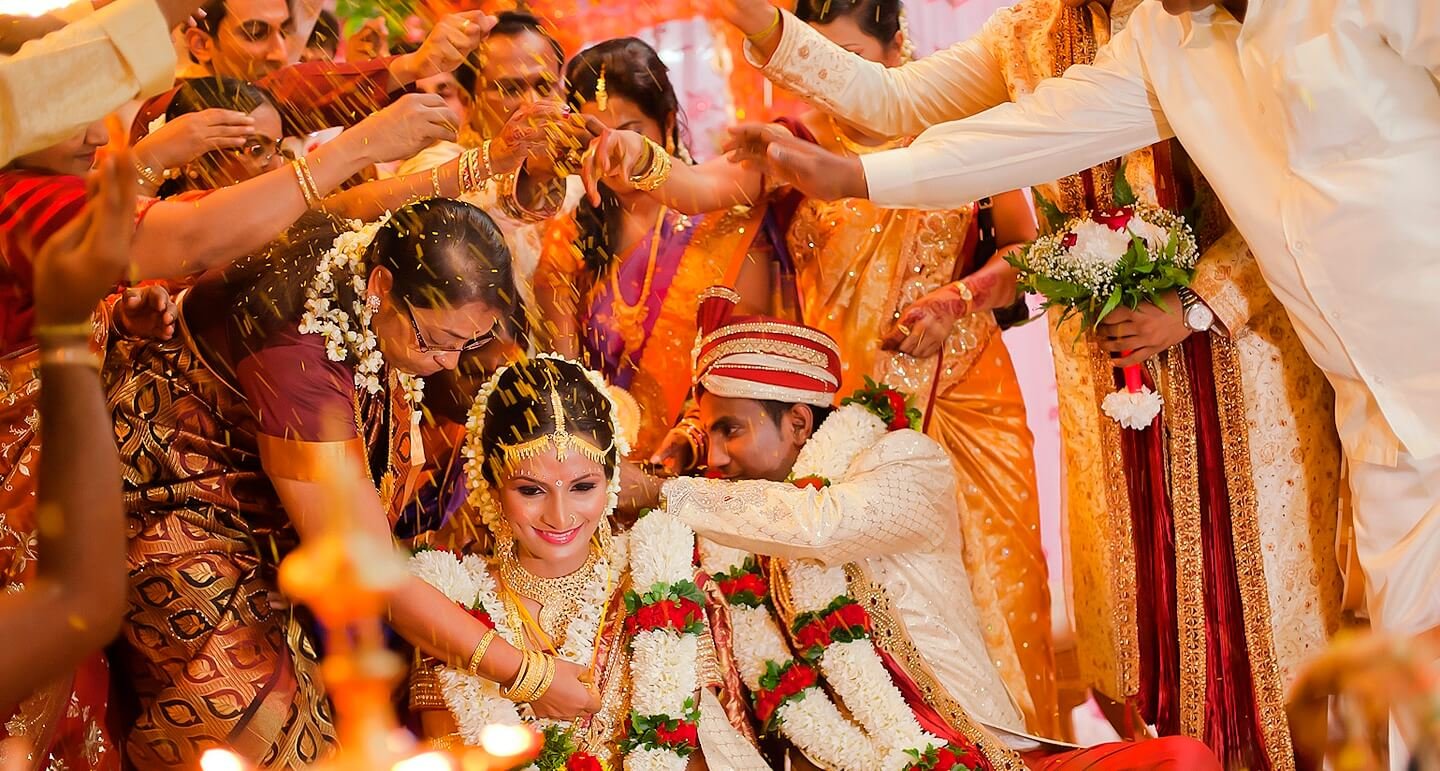
- Family values are extremely respected throughout India and square measure fundamental in the standard of living.
- The structure of the family is patriarchal; a woman should conform to her father, her husband, her son.
- Arranged marriages are commonplace.
- The urban middle-class population of India have begun to move faraway from arranged marriages.
- Families typically live with 3 or four generations within the same house.
- According to the tradition sons, inherit and daughters receive a dowry.
- Child care is provided by the feminine members of the family.
5. Symbols
For over 2500 years, several sacred symbols have held profound meaning for Indians. Even today, these shapes and graphic styles are utilized in the performance of daily rituals and worship. India features a rich culture that has been there for over five millennia.
Throughout this time, several scholars on the Indian subcontinent had time to put in writing scriptures, delight in artwork, and write philosophical treatises. Most of them are religious, and in India, a majority of philosophy stems from its immense ocean of religious texts.
These texts are written in Sanskrit within the Devanagari script. Though these scripts religion comprehensive in teaching faith and spirituality, they're very one-dimensional to the commoner. a person who isn't well-versed in reading scriptures or a person not literate in Sanskrit itself cannot relish them primarily.
Most of the text within the scriptures just like the epics Mahabharata and Ramayana have thousands of stories tangled. constant is often said of the Upanishads and therefore the Vedas too. These stories were then pictured and pictured by the artists within the courts of kings.
They'd paint events out of the stories, and slowly symbols conjointly started showing in these paintings. Gods had to be painted, and as within the scriptures, they need a variety of symbols on their ethereal bodies. Thus, such symbols began to signify the gods, and a few caused to signify the qualities seen in those gods.
6. Cuisine & Food
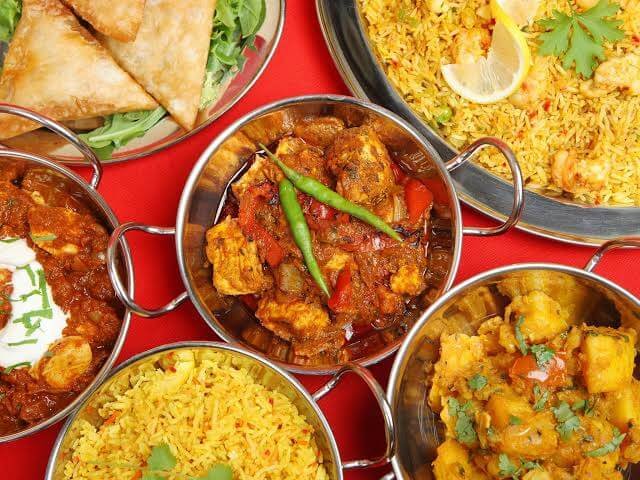
When the Moghul Empire invaded during the sixteenth century, they left a major mark on the Indian cuisine, in line with Texas A&M University. Indian cuisine is additionally influenced by many other countries.
It's known for its large assortment of dishes and its liberal use of herbs and spices. Cooking styles vary from region to region.
Wheat, Basmati rice and pulses with chana are significant in the Indian diet. The food is loaded with curries and spices, including ginger, coriander, cardamom, turmeric, dried hot peppers, and cinnamon, among others.
Chutneys are the thick condiments and spread made up of mixed fruits and vegetables like tamarind and tomatoes and mint, cilantro and other herbs and are used freely in Indian cooking. Many Hindus are vegetarian, but sheep and chick are popular in main dishes for non-vegetarians. The Guardian reports that between 20 to 40 per cent of India's population is vegetarian.
Much of Indian food is eaten with hands or bread used as utensils. there's a collection of bread served in meals, including naan, a leavened, baked flatbread; and Bhatora, a fried, fluffy flatbread well-known in North India and is eaten with chickpea curry.
7. Traditional Clothing
In India, traditional clothing varies hugely in numerous parts of the vast country. it's common to determine draped, flowing outfits, like the sari for girls, and also the dhoti for men. In recent times enthusiasm for brilliant colours and bright and pretentious jewellery and accessories has become more possible in female dress.
In urban areas, it's common to determine both men and girls wearing more Western-influenced clothes, and in a very business context suits and ties for men are the norm.
8. Dances of India
Indian traditional dances like Bharatnatyam, Kathakali, Kathak, Odissi and Kuchipudi really catch the codes of Natya Shastra, faith and classical literature and epics like Ramayana and Mahabharata.
9. Epics & Mythology
Three great epics of India are the Srimad Bhagavatam, the Ramayana and also the Mahabharata. it's said that to know these stories is in large measure to know India. Certainly, all three epics have exercised a profound influence on India.
Her authors and writers have found a rich reference of material within the sagas of the epics, the national heroes whom the stories celebrate, and also the truths of which they're a dramatic expression.
10. Martial Arts
Martial arts mean the arts concerned with the making of war. Many Indian martial arts have started from different old-fashioned war skills. It gives & takes traits from Indian yoga, dancing & presenting arts.
Many Indian dances have inspired & taken routines from the current martial arts. Dance artist who also had the knowledge of martial arts & incorporated them in their daily lives were considered “exceptional”.
11. Languages
India has 2 approved languages, Hindi and English, which are uttered very publicly. However, there are 21 different languages which are placed by the Indian Constitution, and overall there are like 1500 languages spoken across the country.
Leading languages include Telugu, Marathi, Urdu, Gujarati, Tamil, Bengali, Odia, Punjabi, Kannada, Malayalam, and Assamese. If you're visiting India, it might be informed find which languages are widely spoken within the particular area that you simply are spending time in, as learning some words or greetings in those words will stand you in great stead.
Due to British colonial influence, English is spoken widely within the context of education, government and business. In North and Central India, Hindi is the actual inter language, however, within the South, there has been some resistance to the promotion of Hindi as a national language, with southerners feeling that it'll diminish the importance of their regional languages.
As a result, within the South India, English is that the more commonly heard of the 2 official languages.

